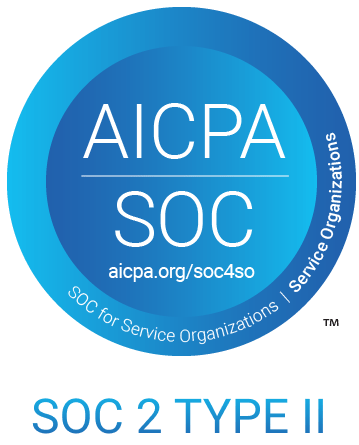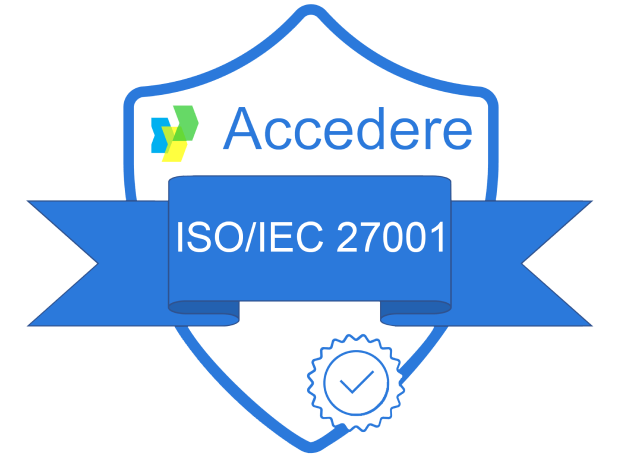Your company produces or uses more and more data? To better classify, manage, and give meaning to your data, there must be order. By putting in place rigorous metadata management, with the help of a data catalog, you can gain relevance and efficiency.
Companies are producing more and more data. To the point where processing and exploitation capacities can be undermined, not because of a lack of knowledge, but rather because of a lack of organization. When data volumes explode, data management becomes more complex.
To put it all in order, metadata management becomes a central issue.
What is metadata and how to manage it?
Metadata is used to describe the information contained in data: source, type, time, date, size, … The range of metadata that can be attached to data is vast.
Without metadata, your data is decontextualized, it loses its knowledge and becomes difficult to classify, order and value. But because they are so numerous and disparate, you must be able to master this mountain of information.
Metadata management is becoming an essential practice to ensure that it is up-to-date, accurate and accessible. To meet the challenge of optimal metadata management, it is essential to rely on a Data Catalog.
Data Catalog: What is it for?
A data catalog is a bit like the index of a gigantic encyclopedia. Because the data you collect and manage on a daily basis is diverse by nature, it must be classified and clearly identified. Otherwise, your data portfolio would become an unfathomable mess from which you would not derive any added value.
At Zeenea, we define a data catalog as:
A detailed inventory of all of an organization’s data assets and their metadata, designed to help data professionals quickly find the most appropriate information for any business and analytical purpose.
A Data Catalog is a pillar of metadata management through the following features
Data Dictionary
Each piece of data collected or used is described in such a way that it can be put into perspective with others. This metadata thesaurus is a pillar of efficient and pragmatic exploitation of your data catalog. By referencing all of your company’s data in a Data Dictionary, the Data Catalog helps optimize accessibility to information even if the user does not have access to the software concerned.
Metadata Registry
A dynamic metadata repository intervenes at all levels: from the dataset to the data itself. For each element, this metadata registry can include a business and technical description, give you information on its owners, have quality indicators or even help create a taxonomy (properties, tags, etc.) for your items.
The Data Search Engine
Your data catalog will allow you to access your data through its integrated search features. All the metadata entered in the registry can be searched from the data catalog search engine. Searches can be sorted and filtered at all levels.
Data Catalog and Metadata: the two pillars of data excellence!
There’s no need to try to oppose having a data catalog and the concept of metadata management because they simply go hand in hand.
A Data Catalog is a kind of repository that cannot be ignored to standardize all the metadata that are likely to be shared in your company. This repository contributes to a detailed understanding and documentation of all your data assets.
But beware! The integration of a data catalog is a project that requires rigor and method. To begin this project and unleash your data potential, start by conducting a complete audit of your data and proceed in an iterative manner.
Download your free metamodel template!

The Data Catalog is a major lever to reinforce the management of your company’s metadata.
It will absolutely guarantee the proper use of your data!













